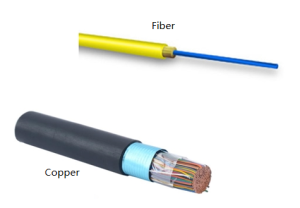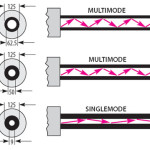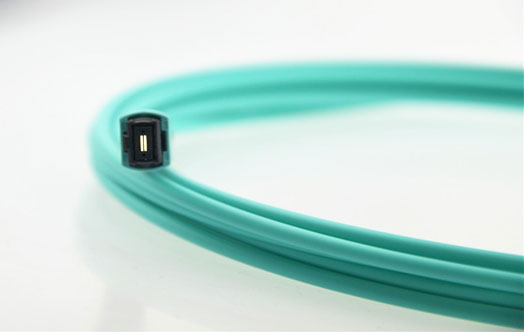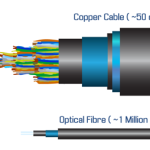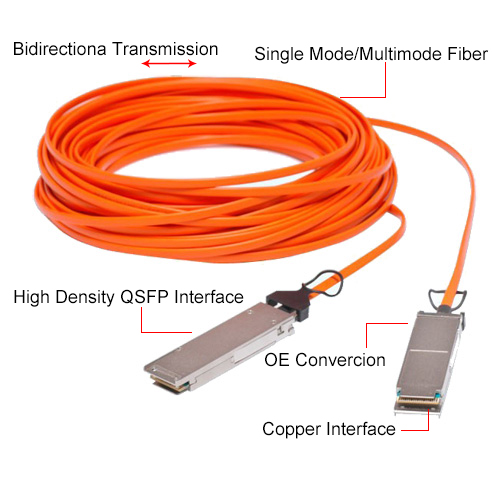Currently, Scientists already doing experiment for quantum teleportation, and even the first quantum teleportation network is been tested, however, Fiber optic is still the only medium that currently used with a virtually unlimited bandwidth. As the demand for high bandwidth grows and the price of fiber declines, fiber is replacing copper has been traditionally used worldwide, with fiber Ethernet as the preferred protocol for transporting data. Ethernet over fiber makes sense because of its featured by High Speed, High Security, Long transmission distance, Low cost, slow cost, simplicity, and future scalability.
Speed
Applications are getting more demanding, Web sites are withing rich content, and everything is going to the cloud—these are all factors that drive the demand for network bandwidth. To accommodate the high network speeds needed to meet this demand, copper cable has evolved in a series of steps from the CAT3 that carried 10-Mbps 10BASE-T Ethernet all the way to CAT6a, which can carry 10-Gibabit 10GBASE-T. UTP (Un-shielded Twisted Pair) has gone through at least five generations to keep up with increasing bandwidth requirements.
Fiber, on the other hand, with a much higher bandwidth carrying capacity, so when network speeds increase, fiber can handle it with quite low cost for upgrades.
Security
Fiber is not as easy as copper for hackers to tap into. Because a copper cable “leaks” electromagnetic signals, a hacker can read data nearby without actually touching the cable. A fiber cable, on the other hand, uses light that stays within the cable, so a hacker must physically tap into it to gain access to data. Resistance to electromagnetic noise Fiber is immune to electrical noise such as electromagnetic interference (EMI) and radio-frequency interference (RFI), caused by items such as machinery and fluorescent lights.
Distance
Most common copper Ethernet standards have a maximum segment length of only 328 feet (100 m). Fiber, on the other hand, has distance limitations measured in kilometers, not meters. Although distances vary, multimode fiber cable routinely supports distances of two kilometers. Single-mode fiber can support distances over 10 kilometers, with some implementations going to 80 kilometers or more.
Cost
At one time, fiber was universally more expensive than copper. Today, however, because manufacturing costs are down and terminations are easier, fiber may be less expensive than the equivalent copper infrastructure Because the major expense in laying fiber is labor, multistrand fiber can be installed for little more than a single pair, laying the ground for future expansion. Many installers prefer to work with fiber because of its smaller diameter, lighter weight, and ease of testing. Once installed, fiber optic cables’ maintenance costs are significantly less than copper ones. The savings only increase over the life of the network, because fiber enables network upgrades without recabling.
But the real savings in using fiber are because fiber reaches farther than copper. Large copper LANs require network switches to cover longer distances. Switches require wiring closets with their attendant expenses and inconvenience. Fiber, because it covers far longer distances, can be centralized in the data center, often doing away with wiring closets altogether.
Future proof
Whether you “take the plunge” now or later, installing fiber in the horizontal is a way to ensure that your network cabling keeps up with the growth in network traffic, runs 10-Gigabit data rates, and supports future applications.
